MLS History Makers: The Icons Who Defined the League
Since its launch in 1996, Major League Soccer has gone from 10 inaugural clubs to nearly 30 today, with millions of fans filling stadiums each season. That growth has been partly driven by world-class players who lent credibility to a young league and kept its momentum alive. Here are a few such players worth mentioning.
Gonzalo Higuaín
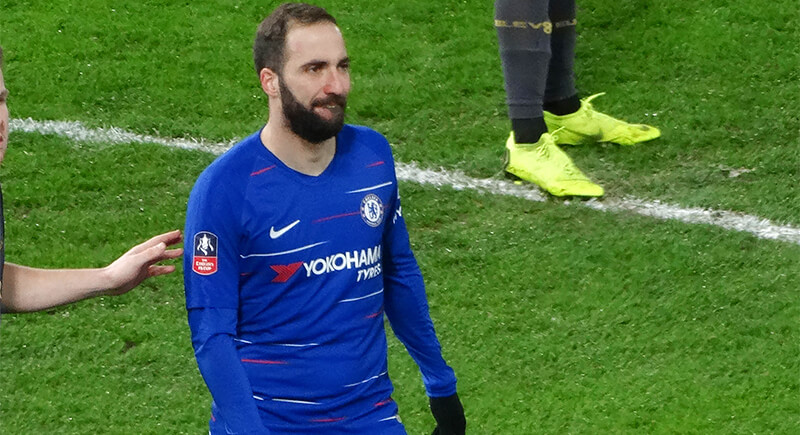
Credit: Wikimedia Commons
By the time he joined Inter Miami, Higuaín had already scored more than 300 goals in Europe and for Argentina. In Miami, he quickly became the main attacking option and finished as the club’s all-time leading scorer with 29 goals. He played a central role in their first playoff run in 2020 and picked up several Player of the Week awards before retiring in 2022.
Carlos Valderrama
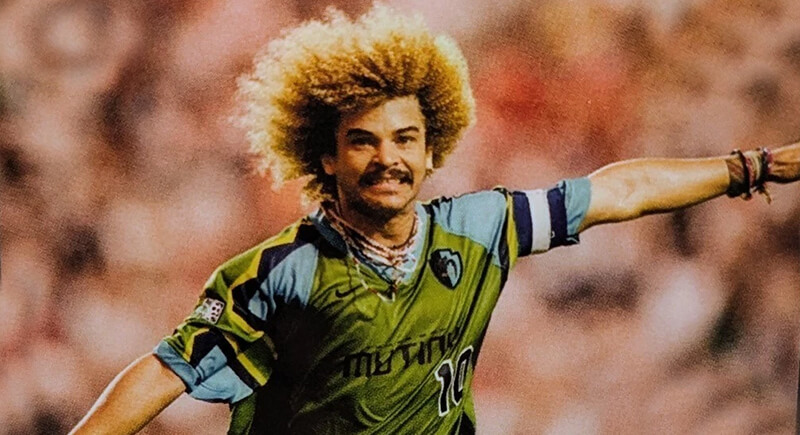
Credit: ebay
Valderrama was one of MLS’s first big names who joined in the league’s debut season in 1996. That year, he won the MVP award and later earned a spot on the All-Time Best XI. He gave the new league credibility and helped open the door for other South American players to sign in the years that followed.
Steven Gerrard
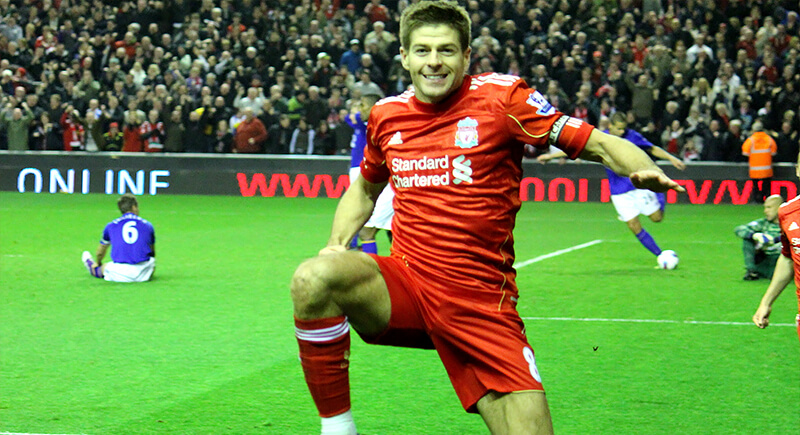
Credit: Wikimedia Commons
England’s longtime captain’s presence in MLS drew global eyes when the LA Galaxy signed him in 2015. His leadership steadied the team. Gerrard mentored younger teammates, challenged perceptions of the league’s quality, and proved that experience can still set the tempo in a competitive season.
Bastian Schweinsteiger
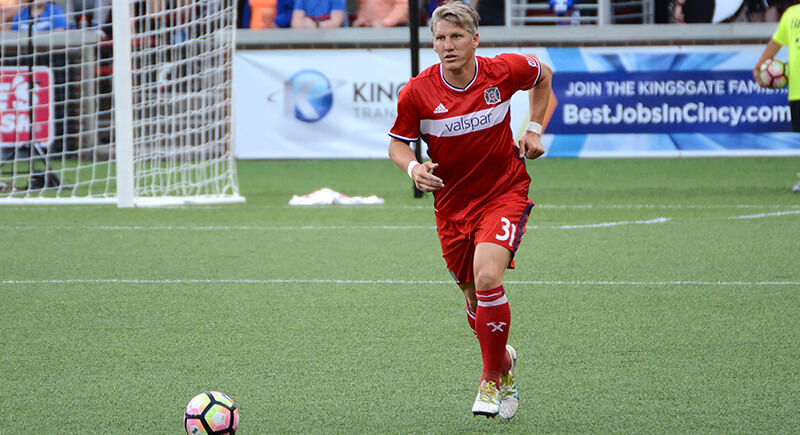
Credit: Wikimedia Commons
Schweinsteiger’s composure in midfield, championship pedigree, and leadership reshaped the identity of the Chicago Fire. The team pulled off a major win in 2017 when they signed Germany’s World Cup hero, who became a fan favorite. Even the club’s training pitch was named “Schweini’s Pitch.”
Frank Lampard
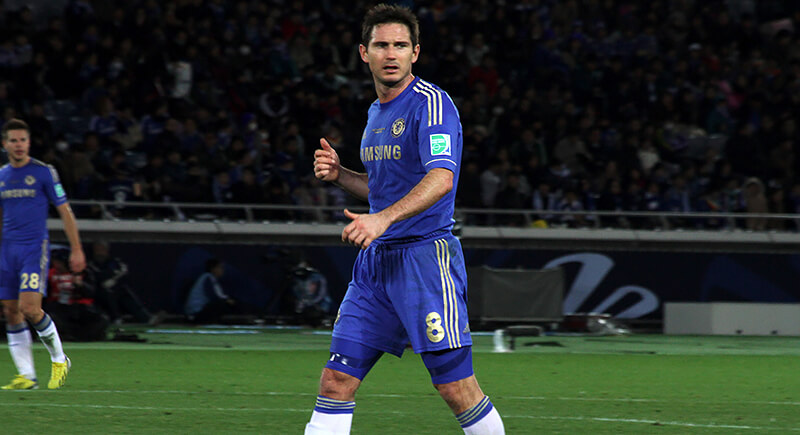
Credit: Wikimedia Commons
When NYCFC brought in one of England’s most prolific midfield scorers, expectations shot through the roof. And although injuries limited Lampard’s appearances, his knack for timely goals and on-field intelligence still shone through. His arrival, alongside other global names, strengthened MLS’s reputation as a real option for world-class talent rather than a late-career afterthought.
David Villa
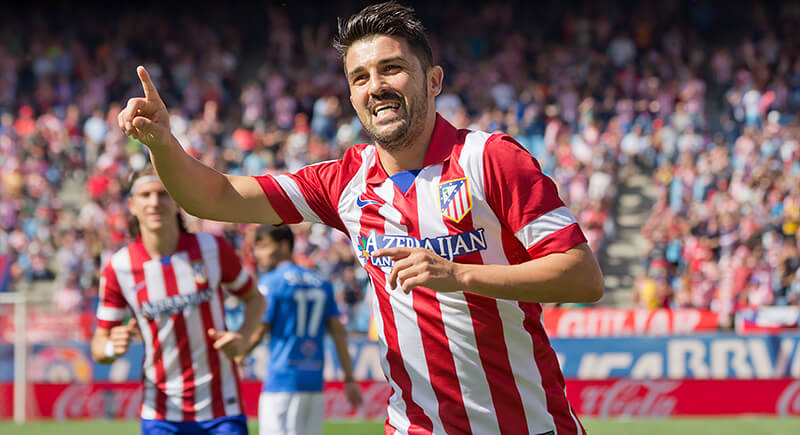
Credit: Wikimedia Commons
NYCFC’s first-ever signing didn’t waste time making the club his own by banging in 77 goals in 117 games. Villa captained the side, won the 2016 MVP award, and became the face of their early years. His work ethic and sharp finishing shifted how people talked about international stars succeeding in MLS’s high-paced, physical environment.
Didier Drogba
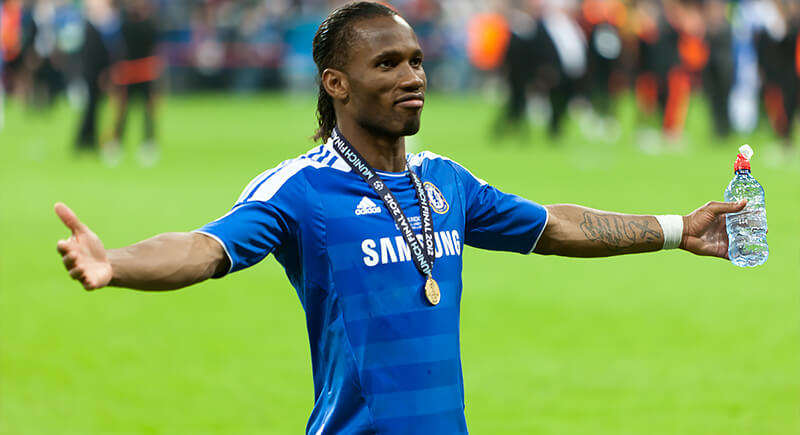
Credit: Wikimedia Commons
Drogba joined the Montreal Impact in 2015 after a long career in the Premier League. He scored 21 goals in just 33 MLS matches, including several decisive performances that lifted the club into the playoffs. Even in a short stint, his impact on the field and ability to deliver in key games raised Montreal’s profile.
Andrea Pirlo
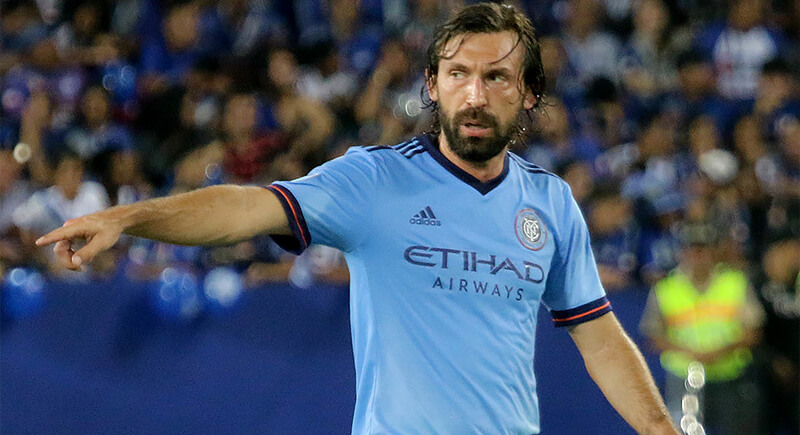
Credit: Wikimedia Commons
When New York City FC signed Pirlo in 2015, the move signaled that MLS could attract one of Europe’s most decorated midfielders. He wasn’t brought in for goals—he scored only once in 60 appearances—but for the passing range and composure that had defined his career. His arrival drew worldwide coverage and added early prestige to a brand-new club.
Kaká
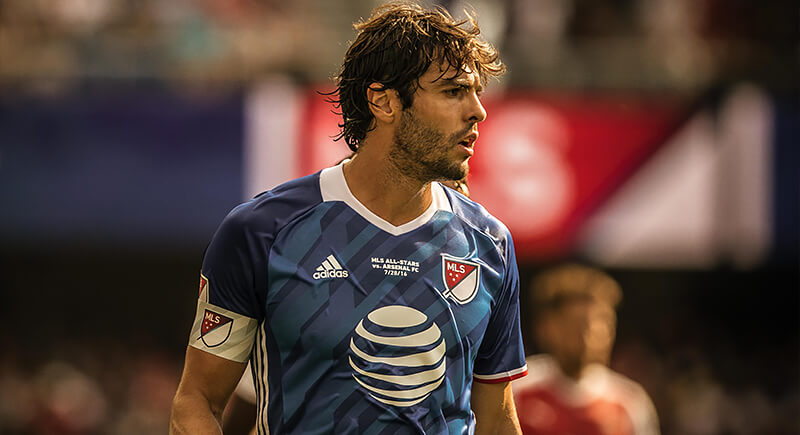
Credit: Wikimedia Commons
Orlando City entered the MLS in 2015 with Kaká as the face of the expansion team. The former Ballon d’Or winner gave the new club instant recognition and a substantial following in Florida. Over three seasons, he scored 25 goals in 77 matches.
Gareth Bale
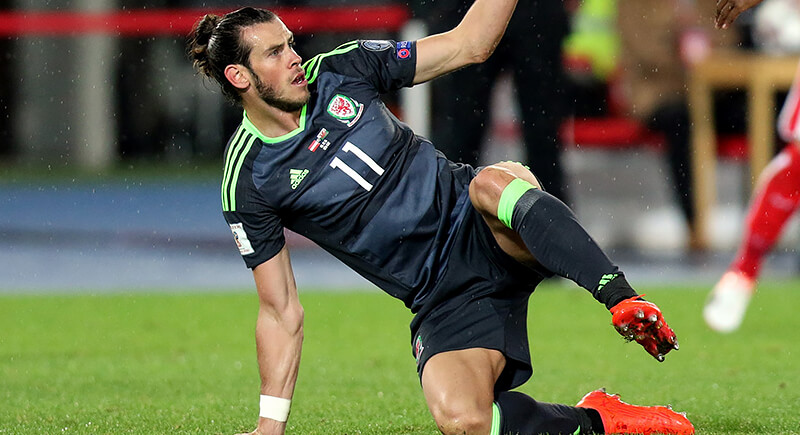
Credit: Wikimedia Commons
Bale arrived at LAFC in mid-2022 and played only a handful of matches, but his influence hinged on one strike. In the MLS Cup final, he scored a dramatic stoppage-time header that sent the game to penalties, where LAFC won their first championship. That single moment secured his place in club history and delivered worldwide attention.
Zlatan Ibrahimović
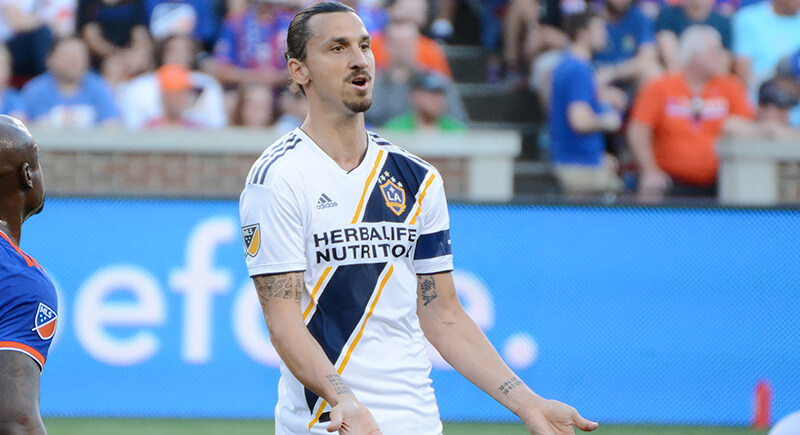
Credit: Wikimedia Commons
Ibrahimović joined the LA Galaxy in 2018 and delivered one of the most prolific scoring runs in league history—52 goals in 56 matches. His very first appearance included a 40-yard volley against LAFC that became an instant highlight. Beyond the numbers, his presence turned Galaxy games into headline events and kept MLS in the global conversation.
Wayne Rooney
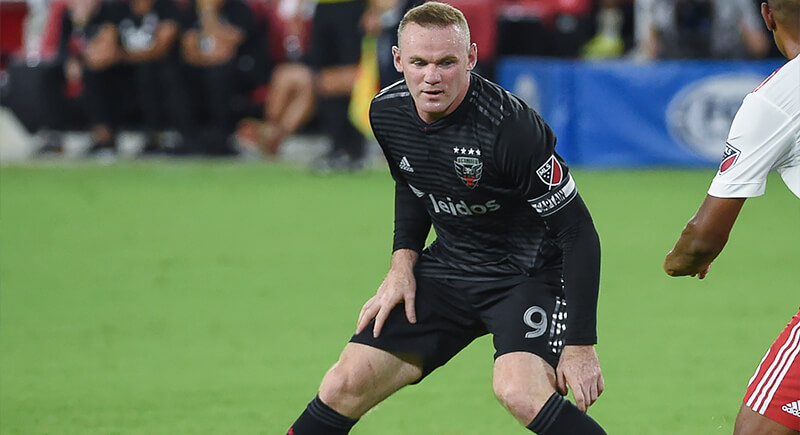
Credit: Wikimedia Commons
Rooney’s now-famous sprint, tackle, and pinpoint assist in the dying seconds against Orlando summed up his drive. D.C. United signed England’s record scorer in 2018 and got goals, grit, and leadership. Even in a brief spell, he made the team more competitive and the league more compelling.
Thierry Henry
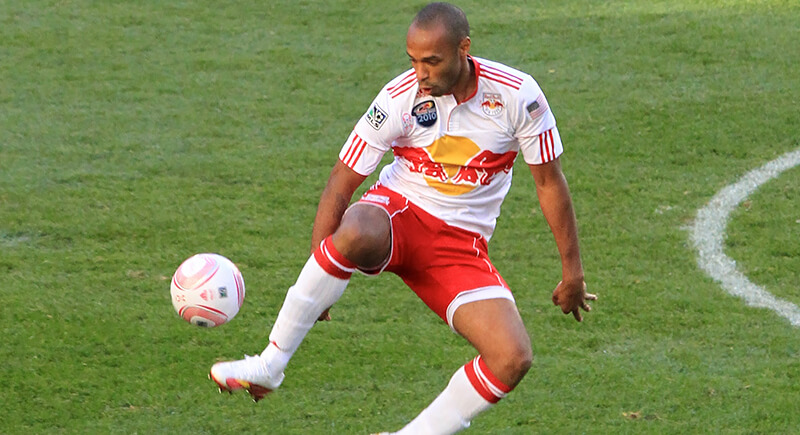
Credit: Wikimedia Commons
When Henry joined the Red Bulls in 2010, the expectation was spectacle, and he delivered. His touch and awareness elevated those around him, and the team finally claimed silverware with the 2013 Supporters’ Shield. In 122 appearances, he produced 51 goals and 42 assists.
David Beckham
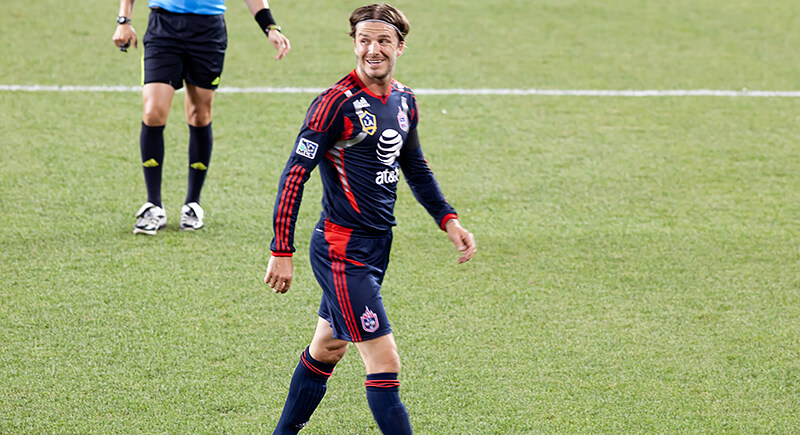
Credit: Wikimedia Commons
Beckham’s influence laid the groundwork for future marquee signings and the league’s ongoing global growth. The 2007 arrival of England’s style-savvy midfielder also sparked the “Beckham Rule”—to allow clubs to sign stars whose salaries exceeded the league’s cap. He filled stadiums, drew worldwide coverage, and helped the LA Galaxy to two MLS Cups.
Lionel Messi
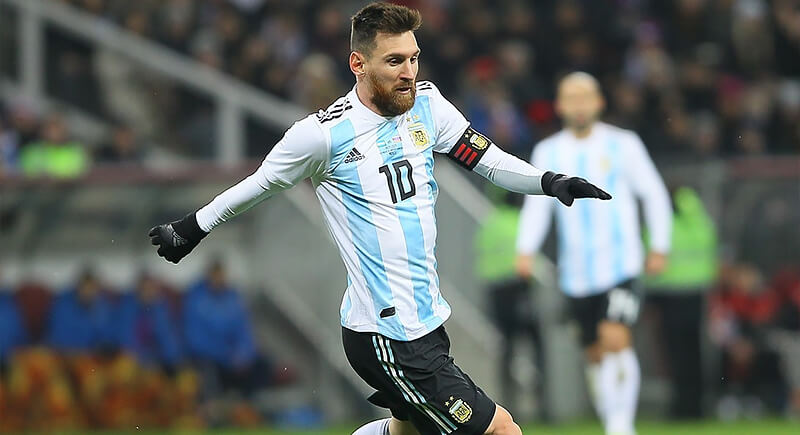
Credit: Wikimedia Commons
Inter Miami signed Messi in July 2023. His debut campaign included 10 goals in seven matches during Leagues Cup play, where he led Miami to its first trophy. Attendance spiked wherever he played, broadcasts reached record audiences, and international coverage of MLS soared. Though only at the start of his stint, Messi has already shifted how the league is seen worldwide.